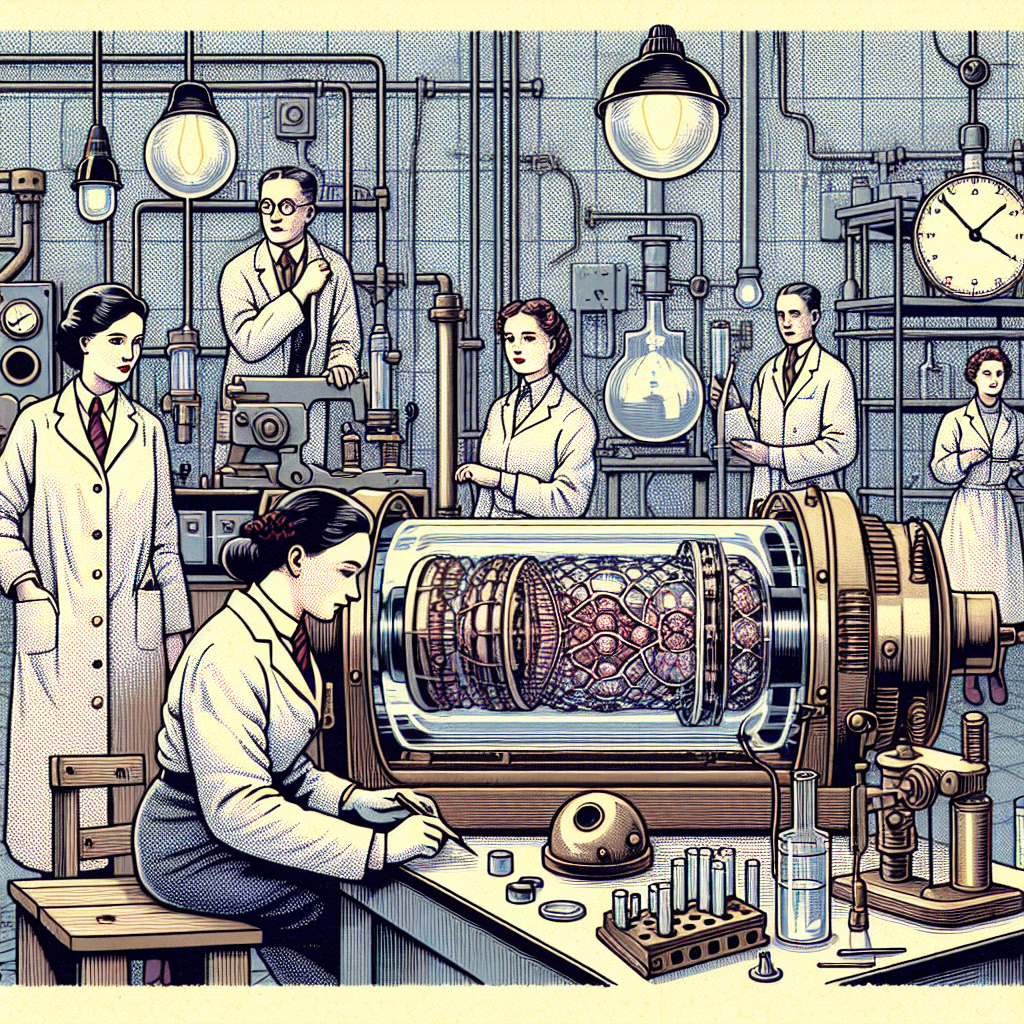The Cathode Ray Tube (CRT) is a vacuum tube containing one or more electron guns and a fluorescent screen used to view images. CRT technology shaped the early years of television, computer monitors, and oscilloscopes. The development of this technology spans back to the late 19th and early 20th centuries, marking a significant milestone in the history of display technologies.
The Origins of CRT Technology
The roots of the CRT can be traced back to the mid-19th century through multiple scientific discoveries and advancements. Notable developments include:
| Year | Development | Scientist/Engineer |
|---|---|---|
| 1855 | First Geissler Tube | Heinrich Geissler |
| 1878 | Plucker Tube Experiment | Julius Plucker |
| 1897 | First CRT (Braun Tube) | Karl Ferdinand Braun |
Heinrich Geissler and the Geissler Tube
In 1855, German physicist Heinrich Geissler developed the Geissler tube, a pivotal invention that laid down the foundation for the development of the CRT. The Geissler tube was a glass tube containing a low-pressure gas that would glow when subjected to an electrical current. This instrument was crucial for many later experiments involving electron beams.
Julius Plucker and the Plucker Tube
In 1878, Julius Plucker observed that the beams in the vacuum tubes could be deflected using a magnetic field, leading to further exploration of electron streams. His experiments with the Plucker tube greatly influenced future research on cathode rays, essentially shaping the development of CRT technology.
Karl Ferdinand Braun and the First CRT
In 1897, German physicist Karl Ferdinand Braun made a landmark advancement by developing the first CRT, also known as the Braun tube. The Braun tube was the first device to display the movement of electron beams on a screen, paving the way for its use in oscilloscopes and television technology.
Evolution of CRT Technology
The early 20th century saw rapid advancements in CRT technology, marked by significant milestones:
- 1925: John Logie Baird demonstrated the first working television system using a CRT display.
- 1931: Allen B. DuMont improved the lifespan of CRTs, leading to the broader adoption of television sets.
- 1940s-1950s: Widespread adoption of CRTs in television and computer monitors.
John Logie Baird and the Birth of Television
In 1925, John Logie Baird, a Scottish inventor, showcased the world’s first working television system, utilizing a modified CRT. This prototype demonstrated television’s potential and contributed to the CRT becoming the cornerstone of early television design.
Allen B. DuMont and Longevity Improvements
In 1931, American engineer Allen B. DuMont significantly extended the operational life of CRTs, addressing a critical barrier to commercial viability. This improvement led to the proliferation of CRT displays in households and industrial applications.
The Impact of CRT Technology
The development of CRT technology had profound implications for various fields:
Television and Broadcasting
CRT technology revolutionized television broadcasting, allowing real-time visual broadcasts and transforming the medium into a staple of modern entertainment and information dissemination.
Computing and Visualization
CRT monitors became a fundamental component of early computers, enabling visual interfaces and the evolution of graphical computing. This advancement contributed significantly to the development of personal computing and software industries.
Scientific Research
CRTs were essential in scientific instruments like oscilloscopes, enabling precise visualization of electrical waveforms and advancing research in physics, engineering, and other sciences.
The Decline of CRTs
Despite their early dominance, CRTs began to face obsolescence in the late 20th century due to emerging technologies:
- LCD Screens: Liquid crystal displays offered thinner profiles, lower power consumption, and improved image quality.
- Plasma Displays: Plasma technologies provided better color reproduction and larger screen sizes.
- LED Displays: Light-emitting diode screens brought energy efficiency and superior brightness to the market.
Transition to Modern Displays
The transition from CRTs to modern display technologies like LCD, plasma, and LED began in the 1990s and continued into the early 21st century. This shift was driven by consumer demand for sleeker designs, better image quality, and energy efficiency.
Conclusion
The development of the Cathode Ray Tube (CRT) was a fundamental milestone in the history of display technology. From its early inception in the 19th century to its widespread use in the 20th century, CRTs have profoundly impacted various fields, including television, computing, and scientific research. Although CRT technology has been largely replaced by modern displays, its legacy continues to influence the evolution of visual technology.

